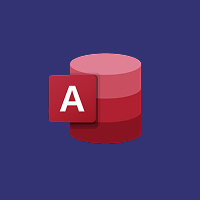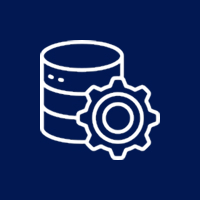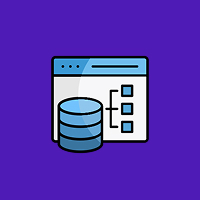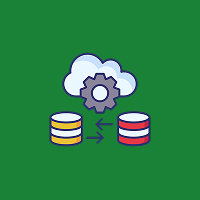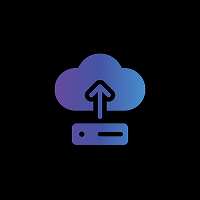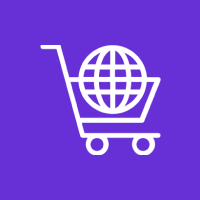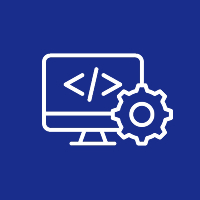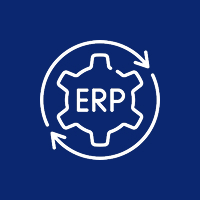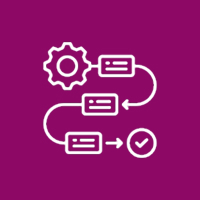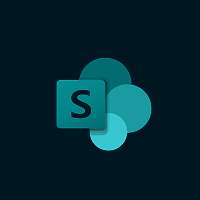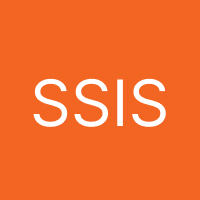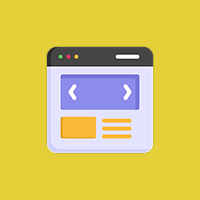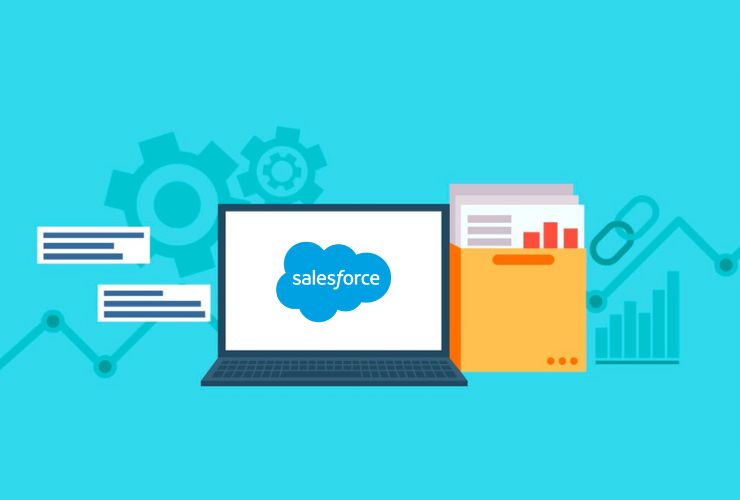Salesforce is an extremely influential customer relationship management (CRM) tool that many businesses around the globe use to accomplish sales, customer support, marketing, and numerous other business-oriented processes. If you are new to Salesforce, though, the terminology used within the platform might seem too much and complicated. Familiarizing yourself with the must-know Salesforce terms is not only going to make it easier for you to get around the system, but also enable you to make the most out of its features.
These are the top 10 most critical Salesforce terminologies that every new beginner must know:
1. Lead
A lead is a prospect that has expressed interest in your product or service but is not yet a sales opportunity. Leads are usually the initial step in the sales process, where you capture information and then qualify to see if the prospect is a candidate for your products. Effective lead management assists in prioritizing and cultivating prospects in order to advance them down the sales pipeline.
2. Opportunity
Once a lead is qualified, it is converted into an opportunity, and opportunities have a potential revenue-generating sale. Opportunities are also recurring agreements and are utilized in order to predict revenue, track sales stages, and maintain pipeline health. Opportunities are critical to sales teams since they enable them to prioritize their activity and predict future revenues.
3. Account
An account is any business or firm you are conducting business with. It is the core record linking related contacts, opportunities, and other connected information. Account management gives you a general idea of your relationship with a given particular customer or partner firm.
4. Contact
Contacts are individual customers associated with accounts. They are the initial points of contact within service and sales processes. Current contact information ensures clean transactions and enhanced customer interaction.
5. Object
In Salesforce, objects are similar to database tables to store data. There are two types: Standard Objects and Custom Objects. Standard Objects are the pre-defined items such as Accounts, Contacts, Leads, and Opportunities. You can create Custom Objects for your business needs so that you have the ability to configure Salesforce according to your own procedures.
6. Workflow
Workflows streamline recurring business processes by defining rules that perform specific actions such as sending an email, setting a field, or creating a task based on certain criteria. Workflow automation saves time, reduces errors, and ensures consistency in your business processes.
7. Dashboard
Dashboards provide a visual overview of your key business metrics through charts, graphs, and tables. They consolidate data from reports to offer real-time insights into sales performance, service efficiency, and marketing impact, making it easier to monitor progress and make informed decisions.
8. Report
Reports are organized presentations of Salesforce data that enable you to roll up, group, and filter data. They must be used to examine trends, monitor key performance indicators (KPIs), and inform data-driven decisions by departments.
9. Apex
Apex is Salesforce’s own programming language used to develop custom business logic and automate intricate processes that lie beyond the usual workflows. Developers utilize Apex to design customized solutions for the achievement of certain business requirements, allowing more customization of the Salesforce platform.
10. Lightning Experience
Lightning Experience is the intuitive new user interface of Salesforce that is productive. It provides better navigation, personalized home pages, drag-and-drop, and interactive components that simplify data access and achievement of tasks.
Conclusion
These Salesforce terms are a good place to begin for someone who’s new to the platform. Understanding the correct terminology will make it simple to install, personalize, and employ the maximum capacity of Salesforce. Whether you’re working with sales pipelines, streamlining tasks, or examining data, becoming proficient in the language of Salesforce gives you the capability to get the most return from your CRM and achieve business success. The more you know these ideas, the clearer it will be how to locate higher-level functionality and customize the platform for your organization’s specific needs.
Contact Us Today



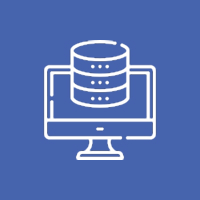





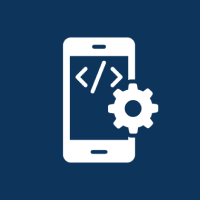



 Database Development
Database Development




